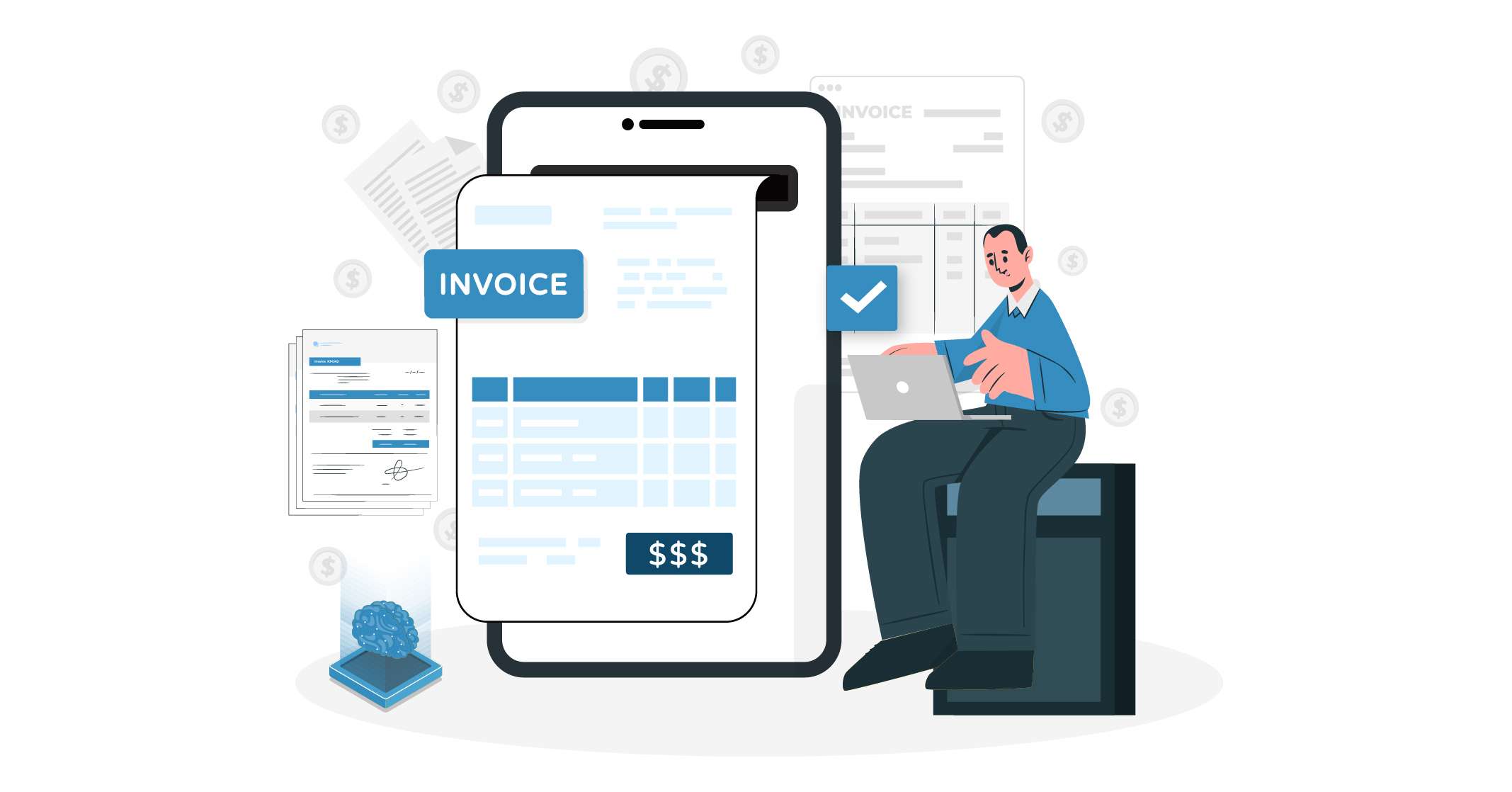Are you a new business owner still figuring out how do purchase orders and invoices work? Well, then you have come to the right place.
While purchase orders are from the procurement department, and invoices from vendors, they have some similarities and differences. Luckily, both can be generated with invoice automation software tools .
This blog will help you understand how both work and stay on top of your procurement and AP recording processes.
What is a Purchase Order?
Before a business transaction is processed, you need to issue a purchase order (PO). This document sets expectations for the products/services you need.
Once a tandem is reached, the purchase order is sent to the supplier. PO acts legally binding once the contract has been approved.
After the purchase order terms are met, the seller issues an invoice. The invoice has the previously agreed amount and conditions.
A purchase order contains:
- Unique PO number
- Goods or services with descriptions and quantities
- Item pricing
- Discounts offered by the supplies
- Tax-related information
- Expected delivery date
- Contact information of the buyer and vendor
- Terms of purchase
You can also check out our blog on diferrence between purchase order and invoices.
When Does a Company Use Purchase Orders ?
A company will need purchase orders at these times:
- Post-purchase requisition approvals
- After vendor selection
- Release of goods under a blanket purchase order
What is An Invoice?
An invoice is sent from a supplier to the customer after the completion of goods or services. The invoice status will stay open on the invoicing solution till it’s paid. You can always request immediate payments to avoid hassles.
An invoice includes:
- Unique sequential invoice number
- PO number
- Date of the order
- Shipment or purchase date
- Shipping address
- Payment Terms
- Due date
- Vendor contact information
- Preferred payment mode
- Line items
- Product numbers
- Description of goods or services- quantity, price, and discount
- Subtotal
- Sales tax rate and amount
- Shipping costs
- Total due amount
When Does a Company Need An Invoice?
A company will require an invoice at these times:
- Upon shipment/receiving of goods
- When a customer uses a credit card for payment
- For invoice processing in accounts payable/ receivable
- For ongoing subscription billings/recurring invoices
- For down/ progress payments
- When a proforma invoice needs to be raised
How Do Purchase Orders Work?
Here is how purchase orders work:
1. Requisition
An employee of your organization will need to raise a request citing the need for specific goods/services.
2. Approval
Once the request has been raised, the finance team or invoicing automation tool will validate the purchase order as per your corporate spending policy.
3. Purchase Order Creation
Once approved, your finance team will create a formal purchase order containing details about the quantity of goods, description, price, and delivery expectations.
4. Purchase Order Submission and Acceptance
The request is then sent to the supplier. If they accept it with the conditions stated, it becomes an “Order Purchase Contract”
5. Delivery, Inspection, and Payment
The supplier then delivers the said goods/services. Post inspection against set specifications, suppliers are requested to raise an invoice. Lastly, you will need to clear the payment and update your company records.
How do Invoices Work?
Here is how the entire cycle of invoicing works.
1. Offer Products/Services
You can either choose to offer products/services to your clients. However, make sure you provide your clients with an itemized description and set clear payment terms.
2. Generate The Invoice
Once you have delivered the products/services you will need to create a formal request document outlining the total amount to be paid. The invoice must contain information including:
- Business Information
- Client information
- Invoice number
- Issue and due date
- Breakdown of products/services with individual costs
Once you add the relevant information, automated invoicing tools will add the total amount and their associated costs.
3. Send the Invoice
Once you have generated the invoice, the next step is to share it with your client via email or your chosen invoicing solution. Make sure to mention all terms and conditions and late penalties.
Many tools let you set up automated reminders for any overdue payments. Moreover, your clients can access invoices via online portals. Thus, making it easier for both parties.
4. Payment Confirmation
Once your client has examined your invoice, they will be transferring your payment. Post receiving your payment, make sure you send a confirmation to your client. Using a software solution will help you get real-time updates on payments and make it easier to monitor your business’s financial well-being.
5. Updating Records
Once you have received your payments, you will need to update your records. This involves marking invoices as paid, recording the payment methods, and tracking outstanding balances. We suggest using tools that generate automated reports giving you insights into your company’s financial performance.
6. Reconciliation
Last but not least, you need to reconcile your invoices to maintain accurate financial records. The process involves cross-checking your invoices and expenses to ensure a proper record of all transactions.
Summing Up- How do Purchase Orders and Invoices Work
Dealing with purchase orders and invoices can become cumbersome if you are not leveraging invoice automation tools. Thus, minimize disruptions and streamline company operations via automated invoicing to aid clear communication and boost financial performance.
Serina is one such tool that will help you keep track of all these financial documents. Here is why Serina should be a part of your business:
- Access all vendor invoice details in real-time
- Send exhaustive purchase orders
- Track pending payments via interactive dashboards
- Keep your vendors satisfied
- Guaranteed reduction in data validation efforts
FAQs
1. How are vendors paid with purchase orders?
Once an order is fulfilled, the seller shares a bill with the buyer at the agreed prices. The buyer then needs to pay the seller as per the payment schedule.
2. What purpose does a purchase order serve?
Purchase orders are great tools to document and track incoming expense orders across multiple departments. In this manner, the purchase and finance department can manage money better and look forward to company growth.
3. How do PO and invoicing work?
Purchase orders are issued by buyers and are to be fulfilled by vendors. On the other hand, invoices are issued by vendors after fulfilling a pre-decided list of services.


